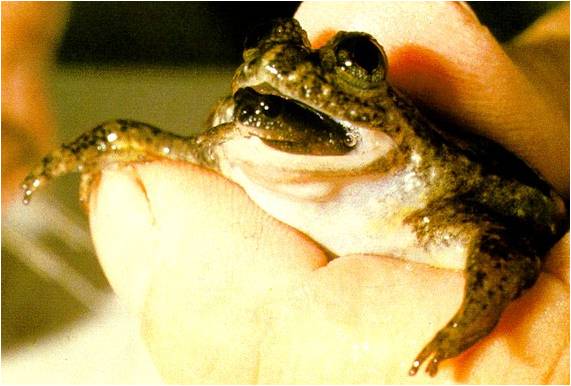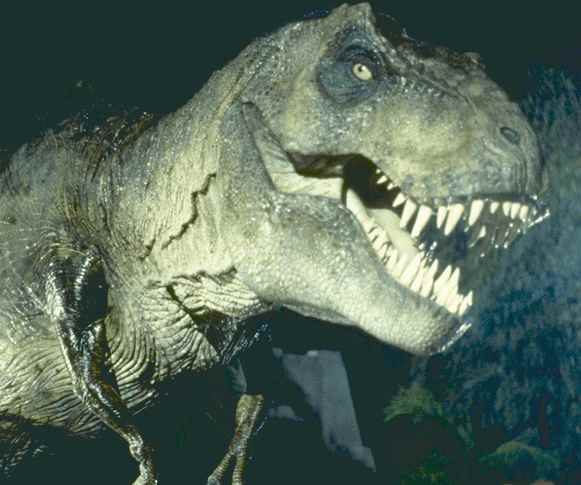This summer promises a re-release of the Micheal Crichton/Steven Spielberg blockbuster “Jurassic Park” now in 3-D as an excuse to wring every last dollar out of the franchise. I do not recall if this aspect was covered in the movie, but it was a key element in the book that the process of cloning the Dinosaurs involved splicing the recovered dinosaur DNA into frog embryos. Well darned if Life does not imitate art:
Scientists from the University of New South Wales are reporting that they have just successfully created a living embryo of an animal which has been extinct for three decades — a breakthrough which could eventually be used to revive other species previously wiped from existence.
Using non-living genetic material preserved from the gastric-brooding frog, extinct since the mid-1980s, researchers inserted DNA into the eggs of a donor frog of a similar species — a process not unlike the one famously used to clone Dolly the sheep. And, after several days, the embryo of a gastric-brooding frog sprung to life for the first time in 30 years.
Yes, the Gastric Brooding Frog is exactly what it sounds like.

Strange Breeding from All About Frogs
Yep…that’s a baby frog coming out of a tiny mama frogs’ mouth.
This species of frog, called the Gastric Brooding Frog, incubates its’ young inside it’s tummy…then the frogs come hopping out of the mouth when they develop past the tadpole stage. Scientists were most intrigued by how this species manages to “Turn off” production of hydrochloric acid (the digestive juices) when brooding the froglets.
The Gastric Brooding Frog was found in Australia. Sadly, not long after their discovery they dissapeared and are now believed to be extinct.Also- Yes! That is a thumb you see behind the frog, to show how tiny even the mama is.
Hardly the menace of a full grown T-Rex, though possibly the source of some pretty strange nightmares of frogs burping out millions of other frogs, sort of like reptilian Tribbles.
Of course the practical applications of this research call into question several issues facing us today, primarily how we treat the environment. If we are going to begin resurrecting species, they have to live somewhere which leaves two choices, game preserves or release to the wild. Either way they can only have an impact on the current indigenous species, and impact that we should know by now we cannot predict.
“This is the first time this technique has been achieved for an extinct species,” conservation biologist Michael Mahony tells the Sydney Morning Herald.
Until recently, the notion of resurrecting non-existent animals was realm of science fiction — but as cell transfer techniques improve, it could offer a ray of hope for the countless species inching closer to extinction every year, as well as those once thought lost to the ages.
Recently there was a story of this technique recreating Neanderthal man.
What would you like to see walking around various nature preserves?
And don’t forget to LIKE us on Our Facebook Page where you will find more commentary and additional content.





